
Wind turbine noise is a (hotly disputed) topic that we’ve mentioned on the blog before. While research into noise production by wind farms is still being debated among researchers, one way we’ve found to overcome these noisy turbine troubles is to place turbines offshore where they can’t be heard and, conveniently, high winds with more regularity make energy production more effective. However, a question that comes to mind is: What impact do offshore wind farms have on marine life?
The Power and Promise of Offshore Wind
Ever since the first offshore wind farm was built off the Danish coast in 1991, offshore wind has been gaining in popularity. Just over two decades later, at the end of 2012, the European Union was producing enough electricity from offshore wind farms to power approximately five million households. In the coming decade, offshore wind farms are expected to generate nearly one fifth of the European Union’s power consumption, jumping from about 6.04 GW in 2013 to over 150 GW by 2030, according to a report by the European Wind Energy Association.
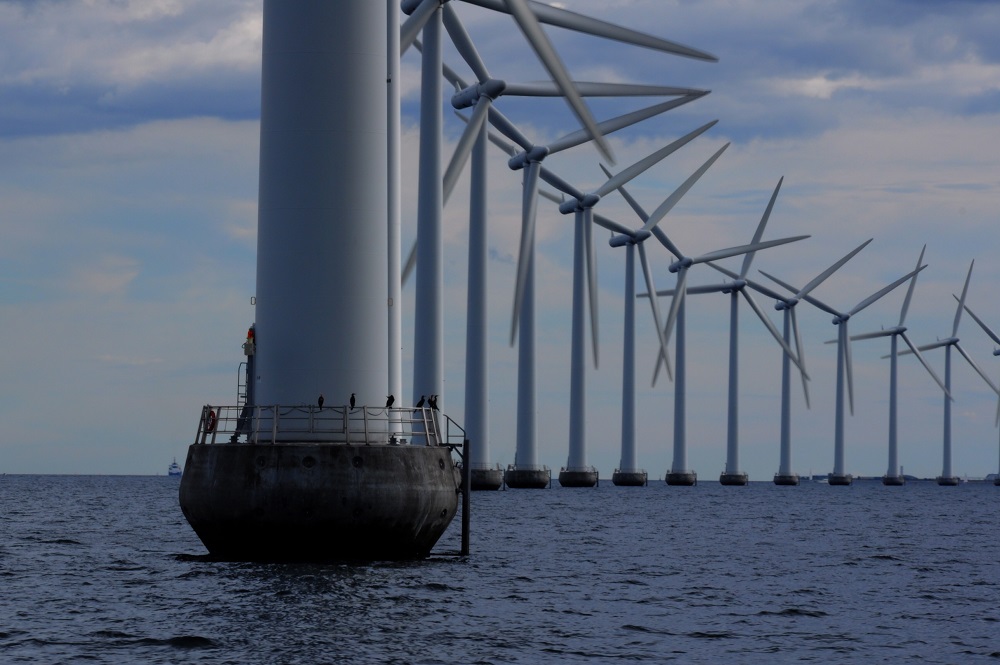
Windmill park in Oresund between Copenhagen, Denmark and Malmo, Sweden. Photo credit: Ziad, Wikipedia Commons.
With this huge increase in wind power expected, engineers are being called in to investigate the effect that offshore turbines could have on marine life. In a recent report conducted by Xi Engineering Consultants for the Scottish Government, Brett Marmo, Iain Roberts, and Mark-Paul Buckingham investigated how different types of wind turbine foundations affect the vibrations that propagate from the turbine into the sea, and ultimately how these vibrations could affect surrounding marine life. Also involved in the project were Ian Davies and Kate Brookes of Marine Scotland, who helped define the water depth, turbine size, and foundation types of the turbines modeled in the study based off of the types of turbines submitted to the Scottish Government for licensing permits. Additionally, Davies and Brookes helped identify the marine species most likely to be affected by offshore wind.
I recently interviewed Brett Marmo about the project. “In our research, we explored how different bases affect the noise that is produced by offshore turbines, and whether or not this noise was loud enough to be heard by marine life,” Marmo explained. “We studied three different wind turbine bases and examined the possible effect that noise could have on various types of local whales, porpoise, seals, dolphins, trout, and salmon.”
Modeling the Noise Produced by Offshore Wind
Vibrations produced by offshore turbines travel from the tower into the turbine foundation and are released as noise into the surrounding marine environment. “Because the noise is emitted at the interface between the foundation and seawater, it’s likely that the intensity and frequency of the noise will vary with the type of foundation used,” described Marmo. “Using finite element analysis, we modeled three identical wind turbines, only altering the structure of the foundation.”
Below, you can see the three most common foundation types: the gravity base, jack foundation, and monopile foundation. Generally, the jacket and gravity base are used in water 50 meters or deeper, while the monopile is generally not used at depths exceeding 30 meters. Due to the different structures, materials, and size of each of these bases, the vibrations that propagate through the base behave very differently, leading to noise produced with different frequencies and sound pressure levels (SPL).
Three different foundation types are shown: a gravity base structure sitting on the seabed (left), a jacket with pin pile connections to the seabed (middle), and monopile placed onto the seabed with a transition piece (right).
“Using simulation allowed us to model the noise produced by the foundations under identical operating conditions — something that we wouldn’t have been able to achieve by just taking measurements of in-service wind turbines,” says Marmo. “Without simulation, the different environments and wind loads that these turbines experience would have made it very difficult to determine if it was truly the foundation that was affecting the noise produced and not another unaccounted for variable.”
Before delving into the simulations, let’s first explore where it is that the noise itself comes from. Noise from wind turbines can come from two places; aerodynamic noise is produced by the blades slicing through the air, and mechanical noise is generated by machinery housed in the gearbox. Almost all of the noise produced by the blades themselves gets reflected back from the water’s surface due to the large refractive difference between the air and water, and does not enter the marine environment.
Therefore, the majority of noise is created by mechanical vibrations produced in the turbine’s gearbox and drivetrain by rotational imbalances, gear meshing, blade pass, and by electromagnetic effects between the poles and stators in the generator. Each of these noise sources produce vibrations with a different frequency, which then transmit down the turbine pole and into the foundation. Here is a table of the different frequencies produced and their origin:
| Frequency | |
|---|---|
| Rotational imbalance of rotor | 0.05 to 0.5 Hz |
| Rotational imbalance of high-speed shaft between gearbox and generator | 10 to 50 Hz |
| Gear teeth meshing | 8 to 1000 Hz |
| Electro-magnetic interactions in the generator | 50 to 2000 Hz |
Frequency bands likely to contain vibration tones produced in the drive train of wind turbines. Table courtesy of Xi Engineering and adapted from their report.
Once the vibrations enter the foundation, the amplitude of the noise emitted is affected by the size of the excitation force, the frequency of structural resonance, and the amount of damping in the structure. Additionally, higher wind speeds lead to increased torque acting on the rotor, likely meaning that higher noise is emitted.
“Understanding the effect of damping — the dissipation of vibration energy from a structure — was one of the key analyses conducted in our project,” described Marmo. “In general, steel structures such as the jacket foundation have less damping than those built from granular materials, such as the gravity base, which is made of concrete.” The amount of internal damping taking place within a structure will therefore affect the noise emitted by different structures. In order to determine how these factors affected the noise produced, Marmo and the team turned to simulation with COMSOL Multiphysics.
Underwater Acoustics and Sound Propagation
Noise is produced at the interface between the wind turbine foundation and seawater, where the vibration of the foundation oscillates water molecules to produce a pressure wave that radiates from the foundation as sound. Geometric spreading and absorption reduce the intensity of the sound as it propagates farther from the foundation, with high frequency sound being absorbed more quickly and low frequency sound absorbing slower and therefore propagating further.
Marmo analyzed each of the three foundations at three different wind speeds (5 m/s, 10 m/s, and 15 m/s) and found that typically, the higher the wind speed the louder the noise produced. A comparison of the average sound pressure level at a wind speed of 15 m/s at different frequencies for each of the three foundation types is shown below.
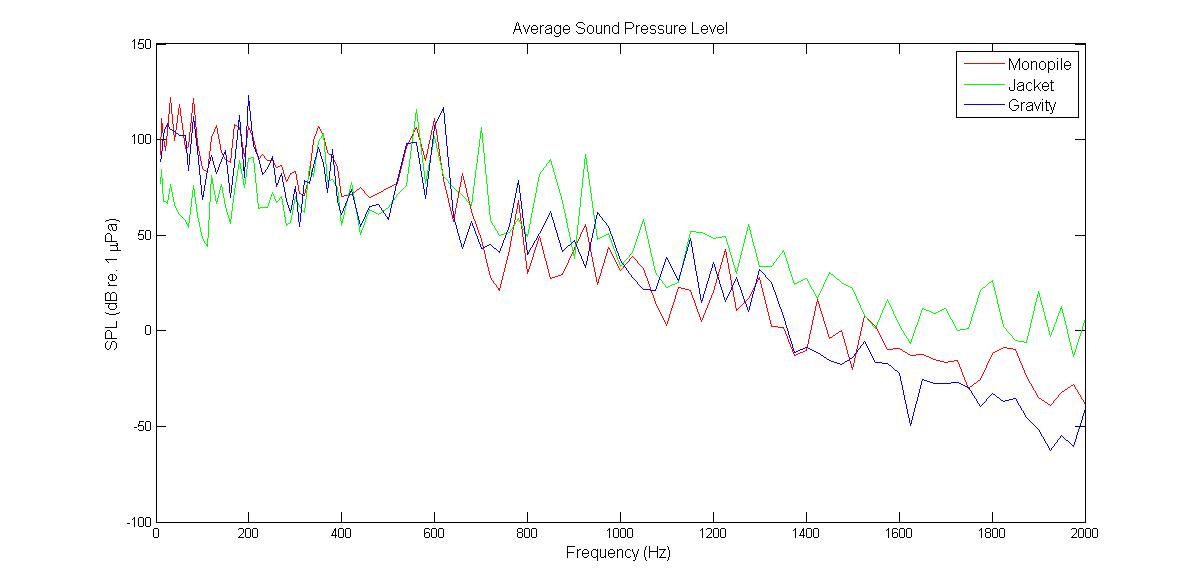
At frequencies lower than 180 Hz, the monopile produces the largest amount of noise. Of the three foundation types, the monopile continues to produce larger SPL values up to 500 Hz. Around 600 Hz, all three foundation types become comparable in average 30 m SPL with the trend of the jacket foundation rising to become the noisiest at frequencies greater than 700 Hz.
As the graph shows, the jacket base demonstrates the lowest sound pressure level of the three at low frequencies (around 200 Hz and lower). However, at high frequencies, the jacket produces the highest sound pressure level. The monopile and gravity base exhibit comparable sound pressure levels at lower frequencies, while at higher frequencies the gravity base produces the lowest sound pressure level of the three bases. The images below illustrate the sound pressure level around each of the three foundation types at the frequency at which the foundation produces the loudest noise.
Marmo and the team also created a far-field model that used a Gaussian beam trace model to analyze the distances at which a wind farm containing 16 turbines could be heard. As mentioned above, sound at lower frequencies tends to propagate farther than sound at higher frequencies. Additionally, ambient noise can mask the sound produced by wind turbines, making them nearly impossible to hear. This was also taken into account in Marmo’s analyses.
“We found that each of the different bases produced the loudest sound in the far-field at different frequencies,” described Marmo. “At a wind speed of 10 and 15 m/s, the monopile and gravity bases are audible at least 18 km away at most frequencies below 800 Hz, while the jacket is audible at 250 Hz 10 km away and 630 Hz at least 18 km away.” Here is a summary of these results:
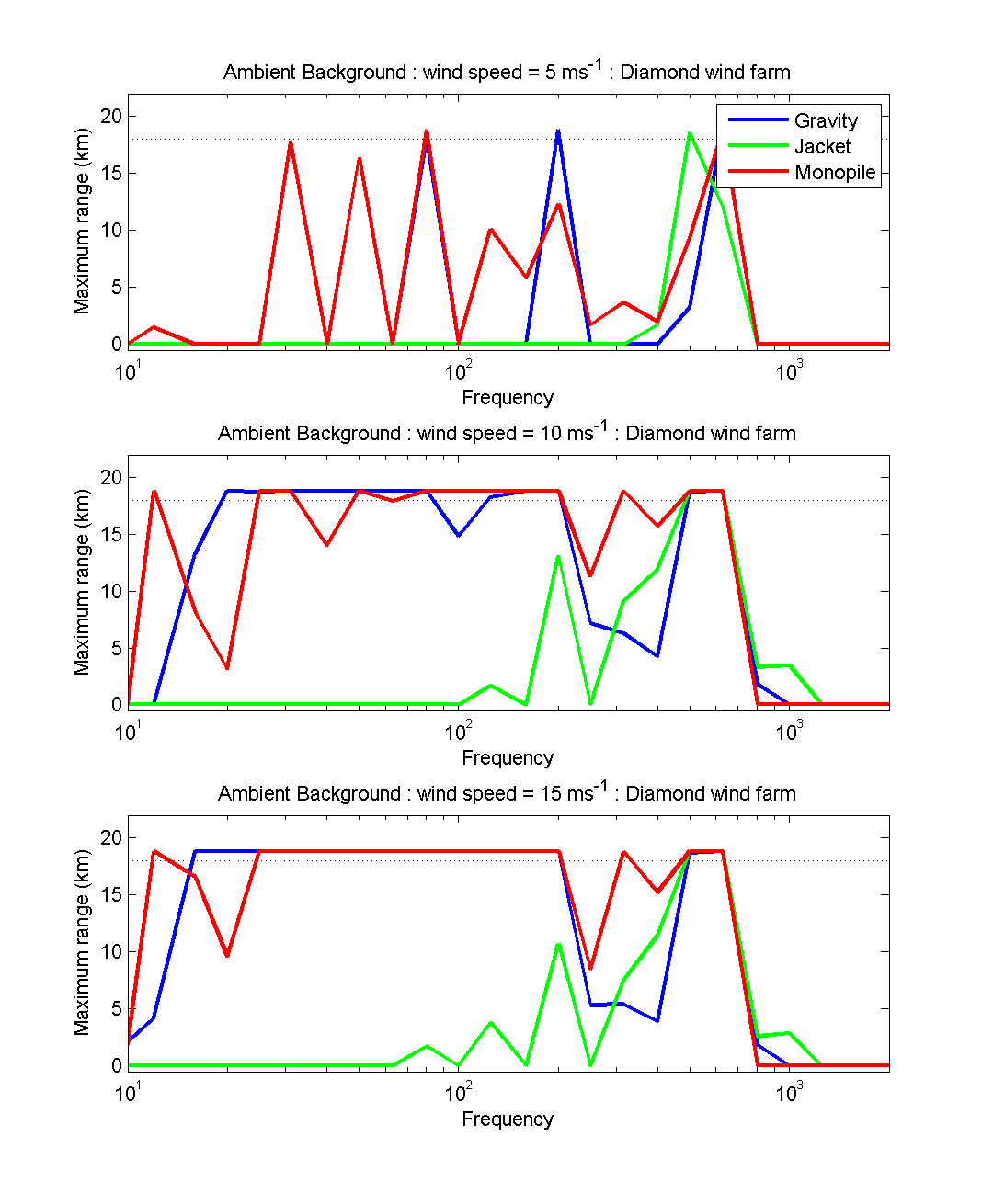
Noise Detection of Offshore Wind Turbines by Marine Species
The next step in the project was to determine the frequencies at which marine species could detect the sound and over what distances. Each of the different foundation types emitted different sound pressure levels at different strengths and frequencies. Since various marine animals have different hearing thresholds, this also had to be taken into account.
Cormac Booth and Stephanie King of SMRU Marine at St. Andrews University were the key marine biologists who analyzed the hearing thresholds of different marine species and determined whether or not the noise produced could affect the animal’s behavior.
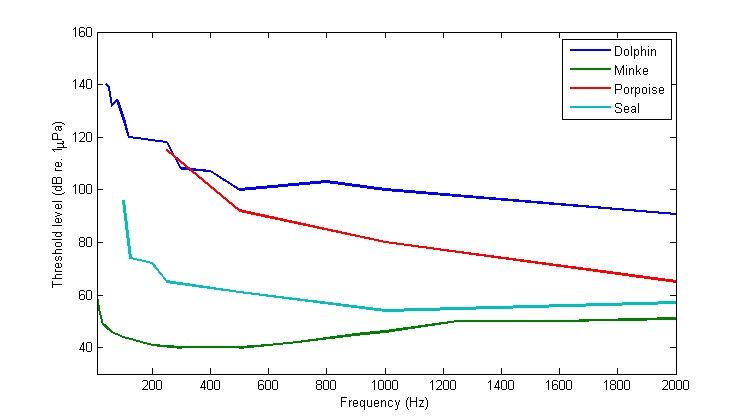
Hearing thresholds for dolphins, minke whales, porpoises, and seals.
Of the species examined, the minke whale had the most sensitive hearing at low frequencies (less than 2000 Hz) and was able to hear the turbine from the farthest distances. “We predict that minke whales will be able to detect wind farms constructed of either monopile or gravity foundations up to 18 km away at most frequencies below 800 Hz and for all three wind speeds,” says Marmo. “On the other hand, bottlenose dolphins and porpoises are less sensitive to low frequencies. Dolphins can detect a wind farm on a gravity base 4 km away at wind speeds above 10 ms, but can only detect jackets and monopiles at close ranges of less than 1 km.”
You can view an example of the results found in Marmo’s report, showing the hearing threshold of a seal for different wind speeds and frequencies:
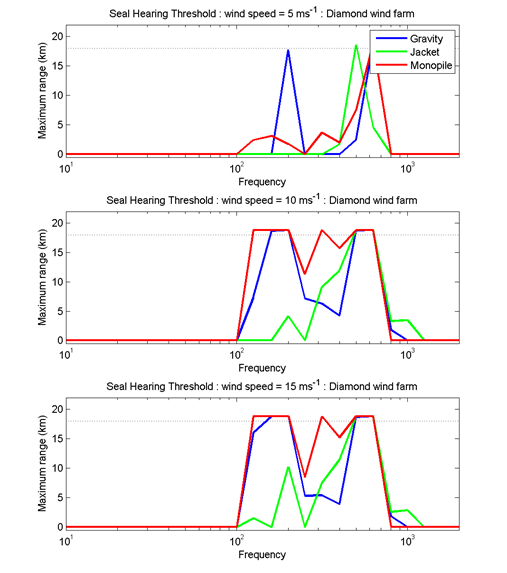
Determining behavior responses was harder to predict. Using a sensation parameter, Booth and King estimated the upper and lower ranges around the hearing threshold of each of the species. Then, they determined what percentage of animals could be expected to move away from the turbines within a certain sound pressure range.
Neither seal species nor bottlenose dolphins were predicted to exhibit a behavioral response to the sounds generated under any of the operational wind turbine scenarios. However, between around 4 kilometers and 13 kilometers, 10 percent of minke whales encountering the noise field produced by the monopile foundation were expected to move away. Overall, jacket foundations appear to generate the lowest marine mammal impact ranges when compared to gravity and monopile foundations.
What does this mean for the future of offshore wind power? Marmo and his team’s report found that there were little to no detrimental effects from wind turbine noise on marine species. Although more studies still need to be conducted, these findings demonstrate that the future of offshore wind is looking positive.
Additional Resources and Further Reading
- Explore the full report by Xi Engineering: “Tonal Noise Mitigation from Wind Turbines“
- “Offshore Wind May Provide One-Fifth of EU Electricity“
- Check out this resource: Cape Wind, a proposed farm that will likely become the first offshore wind farm in America


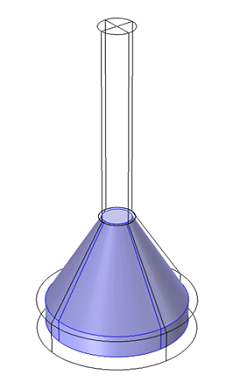

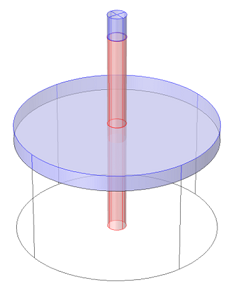
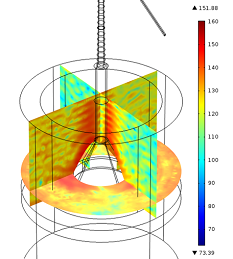
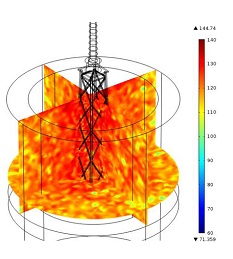
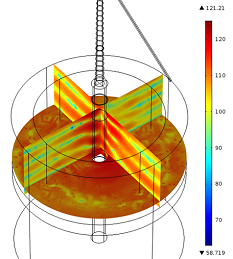

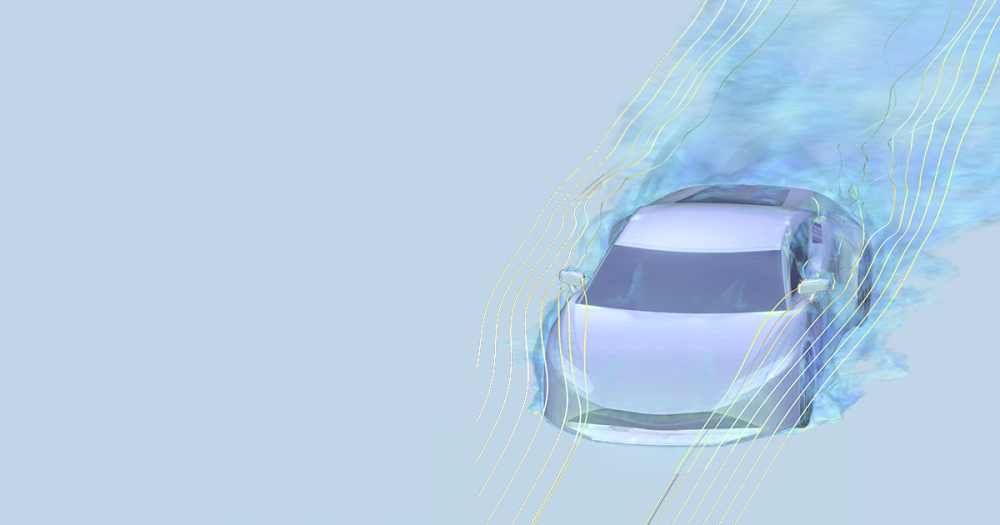
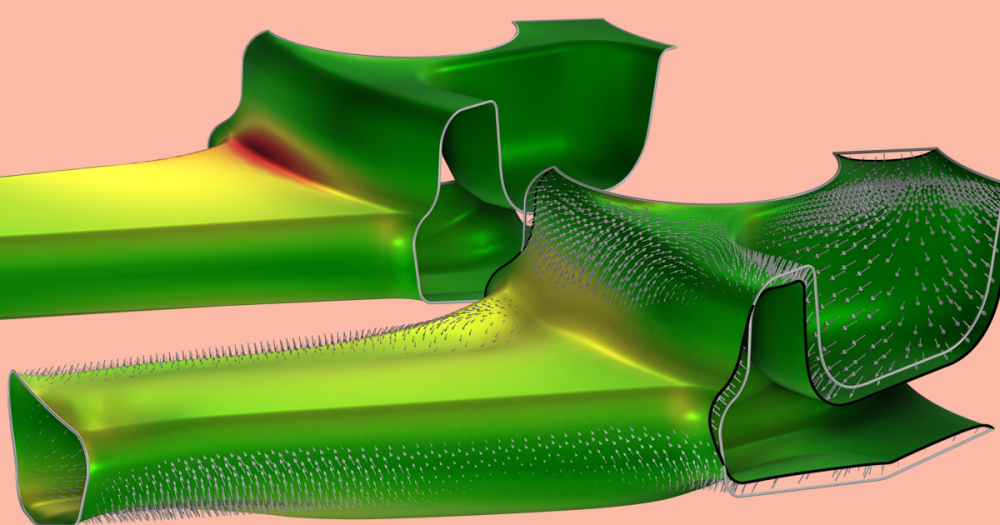

Comments (0)